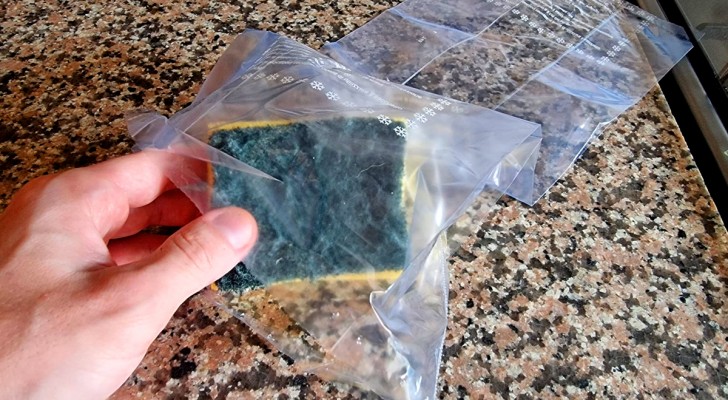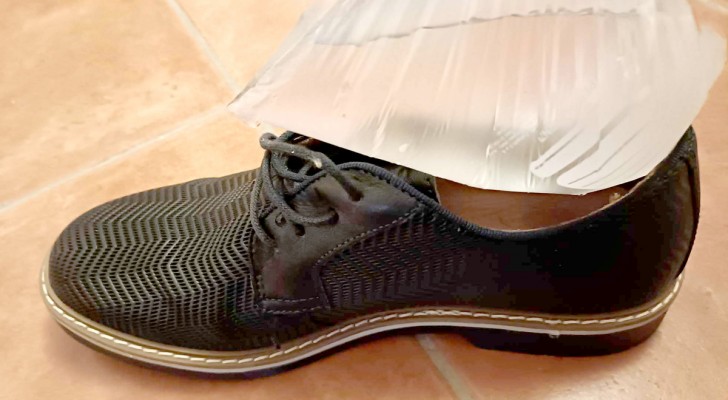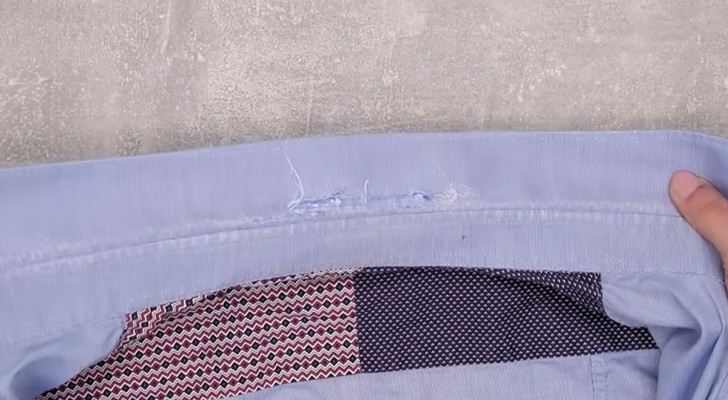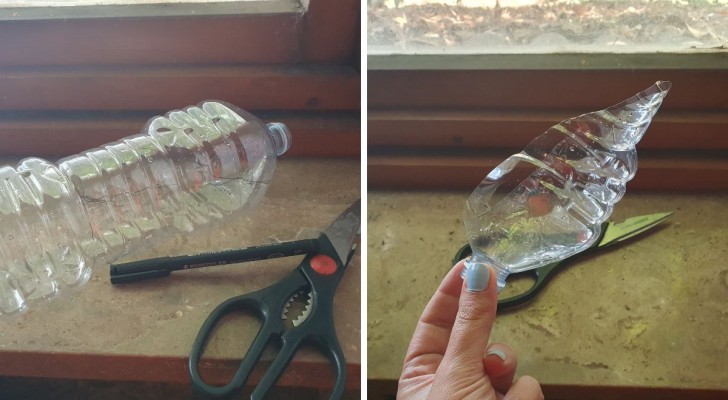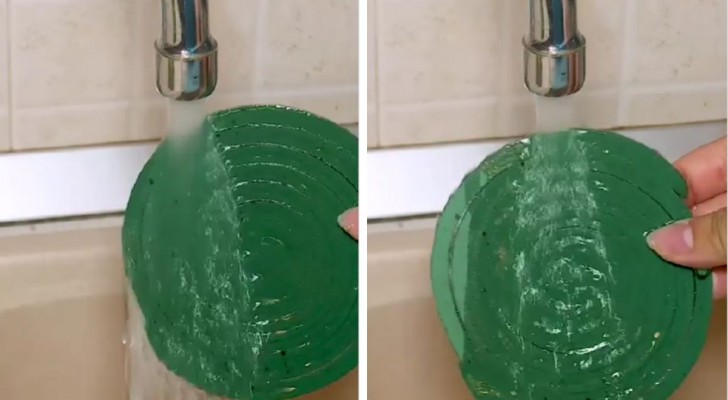Clean your shower using hydrogen peroxide: the right tips for excellent results
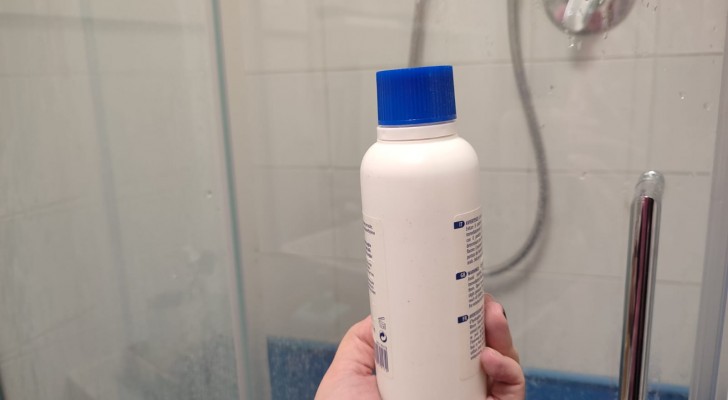
It is well known that hydrogen peroxide is a useful product for many occasions. There are numerous household chores in which its use can be revolutionary. An extraordinary example of this can be the case of the shower.
Whether it's dirt, mould, limescale or blackened joints, if you have hydrogen peroxide to hand, your shower could shine again in just a few steps.
By continuing to read, you will be able to learn about right methods to solve some frequent cleaning problems in the bathroom.
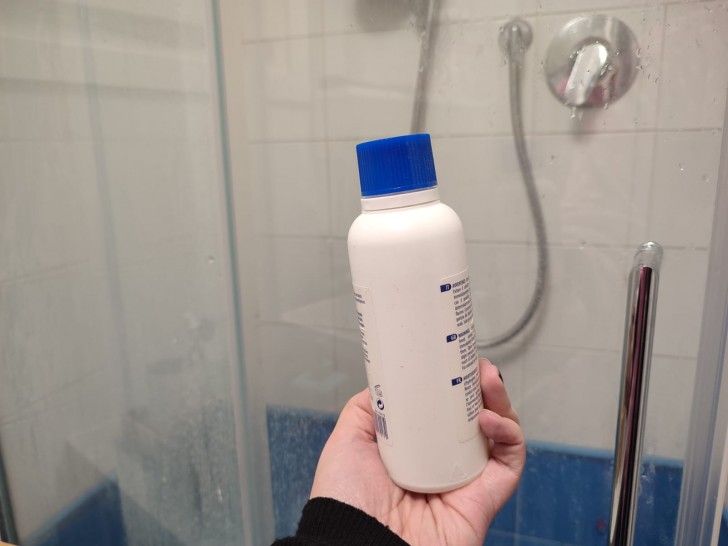
Creativo
We are talking about hydrogen peroxide at 10 volumes, i.e. at 3% (the type we use for disinfecting wounds) and the ways in which it can be used to clean the shower. There is a different method for treating each specific dirt condition. The most widespread and frequent ones, in this regard, are: blackened joints, mold and limescale deposits.
- Blackened joints: when the joints between the tiles around the shower turn black, the use of hydrogen peroxide can help you. Try distributing sodium bicarbonate on the areas to be treated and pour hydrogen peroxide over it. The chemical reaction the two elements will trigger, will cause the dirt in the joints to dissolve. Then just scrub with a toothbrush and rinse thoroughly and the joints will return to their original color.
- Mold: Mold in the shower, caused by humidity, is another widespread problem. In this case, you can pour the hydrogen peroxide on cotton balls or disks and, thus soaked, place them on the corners and other areas affected by mold. Leave them on for a few hours and then try scrubbing with a toothbrush to remove any mold residue, of course, rinsing off afterwards.
- Limescale deposits: another very annoying problem, especially where the water is hard, is limescale. In the shower, it accumulates quickly and gives rise to incrustations that are difficult to remove. When you find yourself in this situation, try using a creamy mixture made by mixing baking soda and hydrogen peroxide. Once obtained, put it on a sponge, on a small brush or directly on the area to be treated. Rub gently and the limescale will dissolve. If it very hard, we advise you leaving it to act for a while before rinsing off. Remember to dry with a microfiber cloth to prevent the limescale from reforming.
We would like to specify that these remedies, although safe and very effective, are not recommended on delicate materials such as marble and natural stone.
Did you already know about any of these tips?

